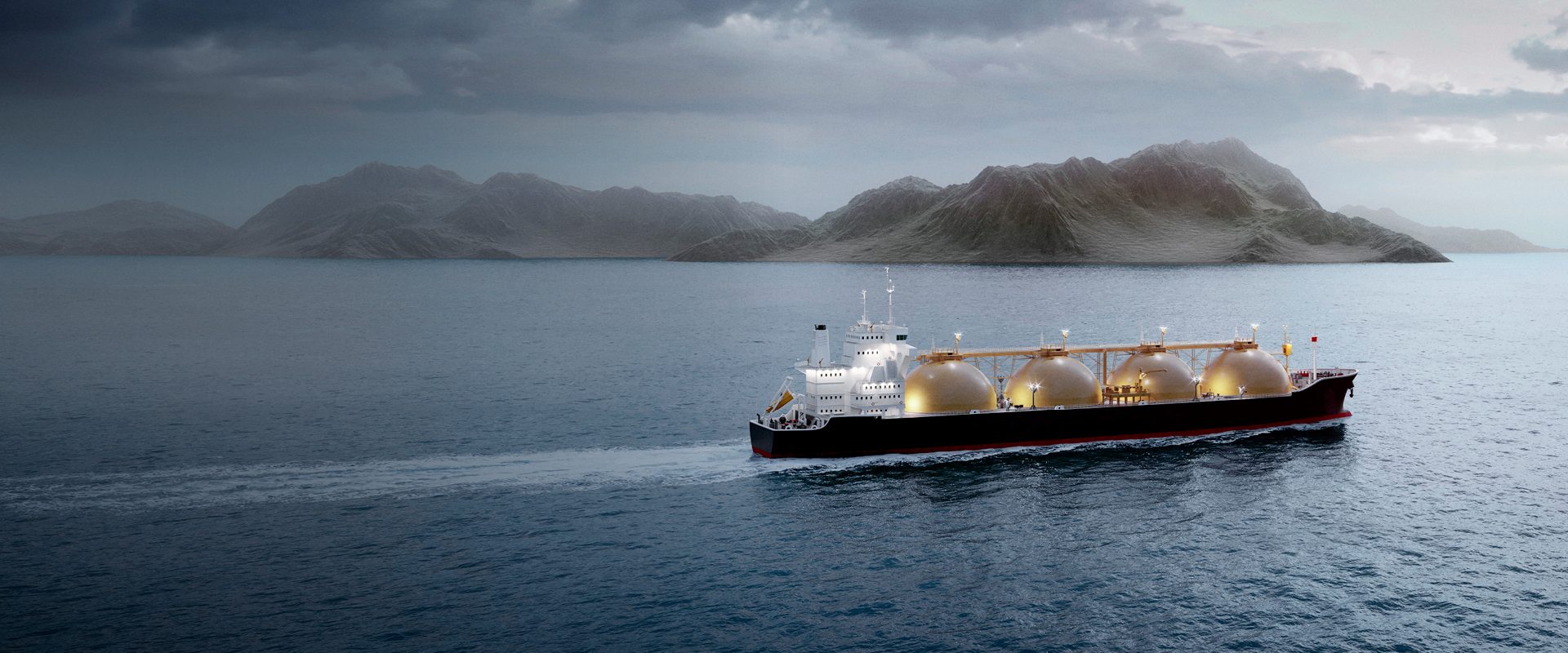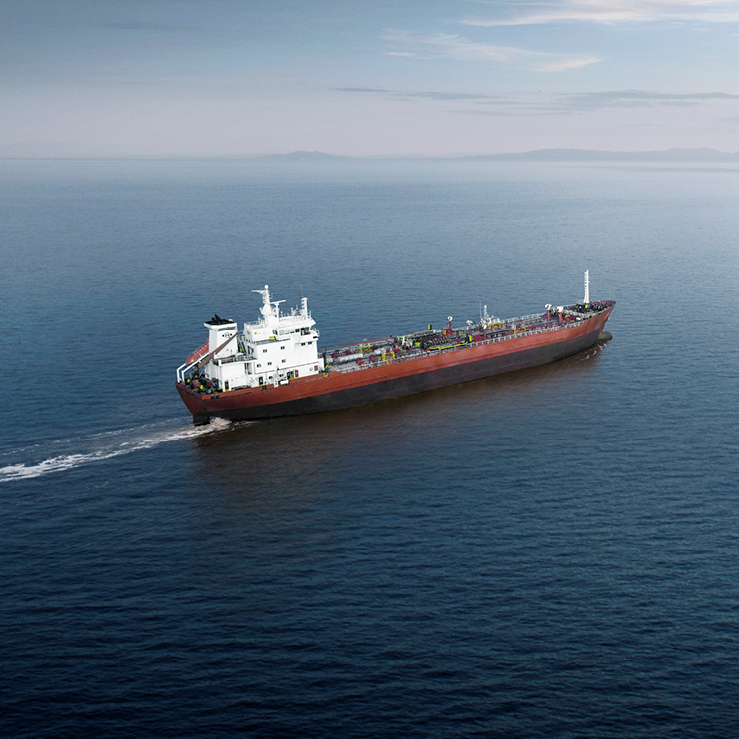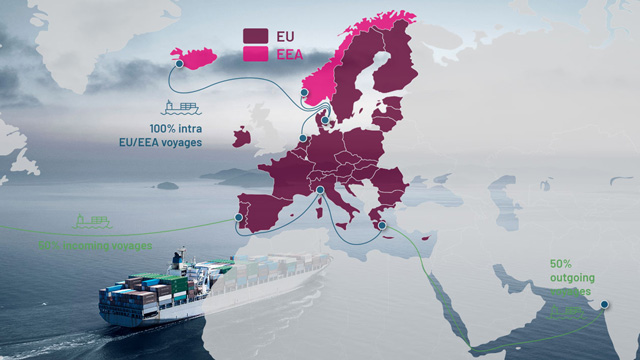What is LNG?
The term LNG stands for Liquified Natural Gas and is a natural gas produced from primarily cooled down methane. There are many similar characteristics with the natural gas used for households, power generation and industrial use.
LNG carriers have actually been fuelled by LNG since the 1950’s, i.e., the technology for storing, burning, and producing the product has been available for many years, and LNG is currently being used as fuel on more than 200 vessels, heavily dominated by LNG-carriers.
However, LNG is increasingly being considered as a ‘bridging’ fuel more than a long-term solution for bunkering.
What characterises LNG?
All kinds of LNG are more or less entirely comprised of methane, which is a colourless, flammable, odourless gas at ambient temperatures.
For LNG to become liquefied, it must be cooled to approximately -162°C.
When liquefied, a reduction by a factor 600 of its volume will happen and unless it is heated and mixed with air, the gas is no longer flammable.
The density of LNG is approximately half the density of VLSFO. However, it has a 20% higher calorific value. Therefore, to obtain the same energy output, a shipowner would need fuel tanks that are 1.8 - 9 times the size of traditional tanks.
In the future, it may be replaced by e- or bio-LNG with lower carbon.









